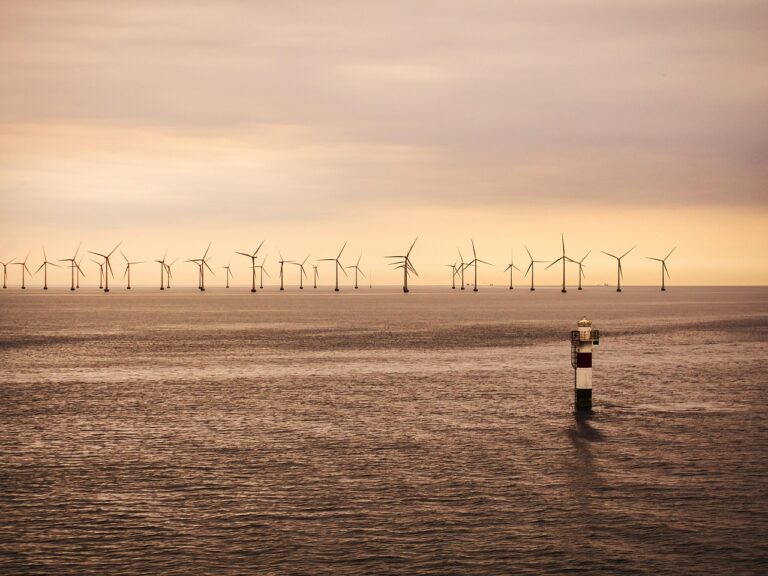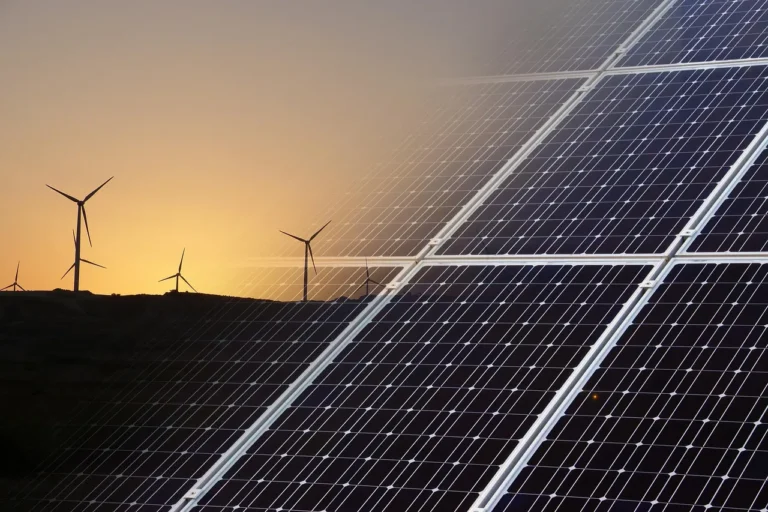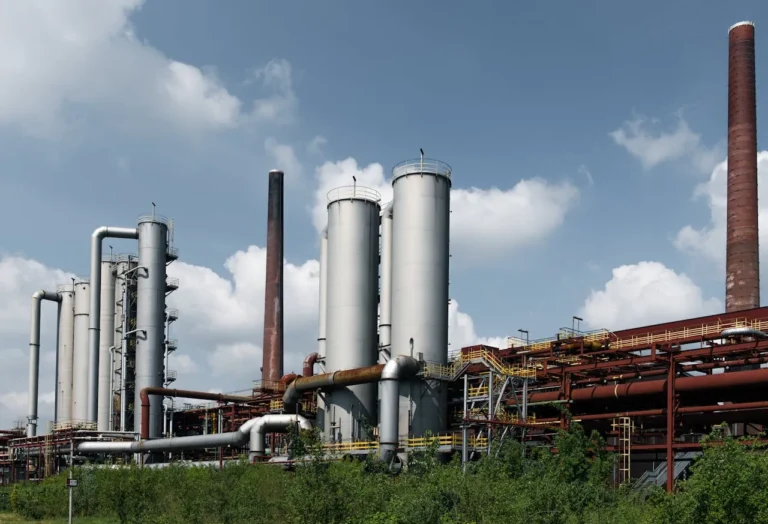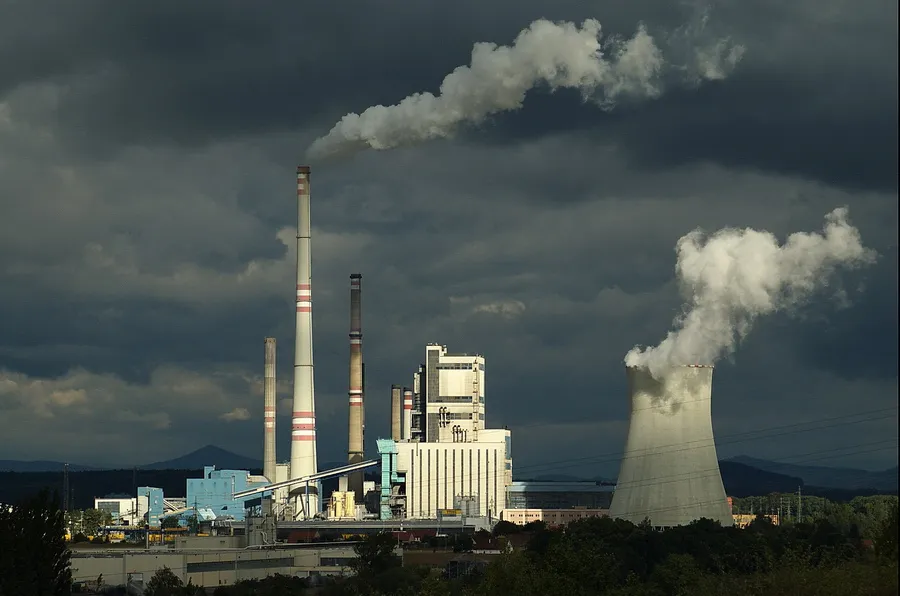
Czechia’s Largest Steam-Gas Power Source to Transform Heat Supply at Mělník
The ČEZ Group, the leading energy company in the Czech Republic, is continuing its large-scale decarbonization program with a significant transformation of the Mělník power plant. A critical move in Czechia’s journey toward a cleaner, more sustainable energy sector, the Mělník site—currently the country’s largest producer of heat—is set to phase out coal entirely by 2030. As a central pillar of this strategy, the first of multiple planned low-emission steam-gas units will replace the aging coal-fired infrastructure.
In May 2025, Energotrans—a subsidiary of ČEZ—and a consortium composed of Metrostav DIZ and Siemens Energy signed an agreement for the construction of this new steam-gas source. This new facility, designed to serve Prague and the surrounding regions, is expected to be fully operational by 2029. Preparations, including demolition and groundwork at the construction site, are already underway.
A New Era for Czech Heating Infrastructure
Jan Kalina, a Board Member of ČEZ and head of its Renewable and Conventional Energy Division, emphasized the importance of this transformation. “The Mělník power plant is a major point on the energy map of the Czech Republic, providing both power generation and a supply of heat. Following a comprehensive transformation, coal will be replaced with steam-gas sources and a waste-to-energy facility, supplemented with capacity in a gas-fired boiler room and electric boilers,” Kalina said.
He also highlighted that Mělník’s transition is not just about cleaner energy production, but about a comprehensive overhaul of outdated infrastructure. The initiative will integrate several advanced technologies, including a photovoltaic power plant and future power storage capabilities. These technologies will not only reduce emissions, but also make the energy system more resilient and adaptable.
The strategy aligns with ČEZ Group’s broader goal to repurpose existing coal-based infrastructure into platforms for low- or zero-emission technologies, which will play a crucial role in the national and EU-wide push for carbon neutrality.
Technical Specifications and Capacity
The first new steam-gas unit at Mělník will have an electricity generation capacity of 266 megawatts electrical (MWe) and a thermal output of 183 megawatts thermal (MWt). This means it will be capable of producing nearly 730 gigawatt-hours (GWh) of electricity annually and supplying up to 2 petajoules (PJ) of heat per year. This contribution will represent around 30% of the total heat currently supplied by the Mělník site.
One of the key advantages of this project is its scale and reach. According to Energotrans CEO Miroslav Krpec, the facility will serve nearly half of Prague, particularly the entire right bank of the Vltava River. “The implementation of the project will ensure supply of heat for nearly one-half of Prague, or, more precisely, nearly the entire right bank of the Moldau River, as well as Mělník itself, and Neratovice. Overall, it includes some 230,000 households, as well as schools, government offices, and hospitals,” Krpec noted. “Our goal is to guarantee reliable supply of heat for decades to come.”
Significant EU Investment and Long-Term Vision
The construction and operationalization of this new low-emission source are being heavily supported by the European Union through the Modernisation Fund, a financing mechanism aimed at assisting 10 EU member states in modernizing their energy systems. Energotrans has received CZK 7.26 billion (more than 50% of total project costs) in investment support for this initiative. Additionally, the project will benefit from operational aid in the form of an electricity auction bonus for a period of 15 years following commissioning.
The total investment in transforming the Mělník power generation and heating infrastructure is expected to exceed CZK 50 billion. This long-term development plan will unfold in phases. In total, three steam-gas sources will be built with a combined electric capacity of nearly 1,200 MWe. These new units are being designed with the future in mind and will be adaptable for use with hydrogen—an important step toward deeper decarbonization as hydrogen technologies mature and become more economically viable.
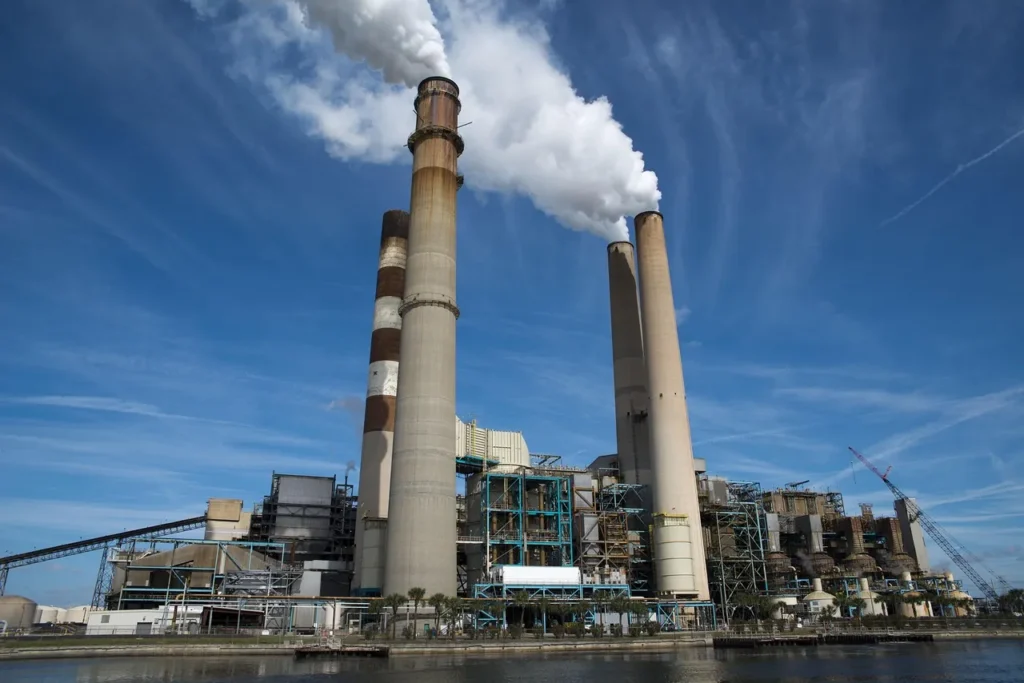
Waste-to-Energy and Renewable Integration
Alongside the steam-gas units, the site will also host a waste-to-energy (ZEVO) facility. The first steps toward this include beginning construction later in 2025, with pilot operations expected to start by the end of 2027 or in early 2028. The ZEVO unit will provide an additional path to reduce reliance on fossil fuels by harnessing energy from municipal and industrial waste.
Complementing the fossil fuel replacements, ČEZ has also already commissioned a photovoltaic (PV) solar plant at the Mělník site. The facility, with a capacity of 7.3 MWp, was installed on land previously used for coal storage. Future developments will include electric boilers, a gas boiler room, heat storage systems, and a battery storage facility to support grid flexibility and reliability.
These diverse technologies reflect ČEZ Group’s holistic approach to modernization—leveraging a mix of renewable, transitional, and waste-based solutions to ensure energy security while meeting sustainability goals.
Broader Decarbonization Strategy Across Czechia
The developments at Mělník are part of a much broader effort by ČEZ Group to decarbonize Czechia’s energy sector. The company has been planning and constructing low-emission heat-generation plants across the country, many of which are expected to be powered by natural gas and biomass. These new-generation facilities are replacing coal infrastructure in regions such as Ústí nad Labem (in Prunéřov, Tušimice, and Ústí proper) and in the Moravian-Silesian Region (in Dětmarovice).
In addition to conventional and renewable resources, ČEZ is also making innovative use of heat generated by nuclear power plants. A prime example is the successful integration of heat from the Temelín nuclear plant to the city of České Budějovice, showcasing the versatility and efficiency of using existing nuclear resources for district heating.
By retaining and modernizing central heating systems in cities and towns where feasible, ČEZ aims to balance environmental, technical, and economic considerations. This approach ensures long-term reliability and cost-effectiveness for municipalities, while also providing substantial benefits for air quality and urban planning.
Environmental, Economic, and Social Impact
The transformation of the Mělník power plant and similar initiatives across the country will have significant environmental and societal impacts. By eliminating coal from heat generation, ČEZ expects to drastically reduce greenhouse gas emissions and particulate pollution. This will contribute not only to national climate goals but also to the health and well-being of residents in urban and industrial areas.
From an economic standpoint, modernizing the heat supply infrastructure will help municipalities avoid expensive and complex transitions of their own. It also ensures price stability and greater energy independence in a volatile global energy market. Moreover, by securing long-term energy contracts and service agreements, ČEZ provides local governments with a level of predictability that is essential for sustainable urban planning.






